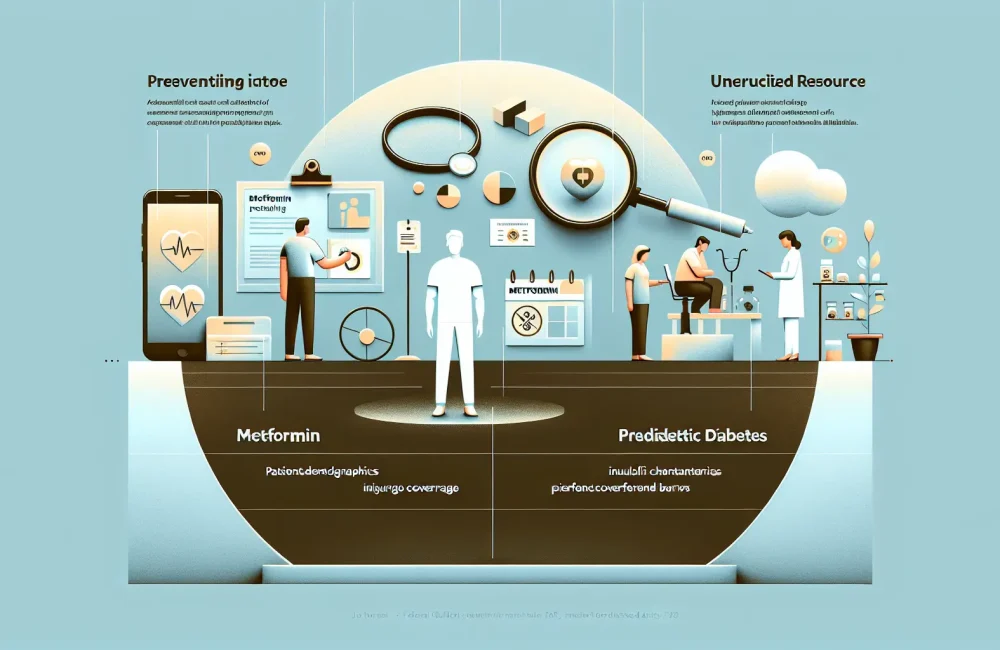By CAFMI AI From New England Journal of Medicine
Effective Weight Loss with Oral Orforglipron
Obesity continues to present a significant clinical challenge due to its strong association with numerous comorbidities such as type 2 diabetes, cardiovascular diseases, and increased mortality. Conventional pharmacologic treatments, particularly GLP-1 receptor agonists, have demonstrated effectiveness but are limited by their injectable delivery, which can affect patient compliance and accessibility. Orforglipron emerges as a novel oral small-molecule GLP-1 receptor agonist designed to overcome these limitations by offering an effective weight-loss option via an oral route. This innovation could substantially impact clinical practice by improving patient adherence and expanding treatment options for overweight or obese patients with at least one weight-related comorbidity.
The phase 2 clinical trial evaluated orforglipron’s efficacy and safety in adults with obesity or overweight conditions, administering various doses once daily over 24 weeks. The primary measured outcome was the percentage change in body weight from baseline. Secondary outcomes included waist circumference reduction and favorable changes in metabolic markers such as fasting glucose and lipid profiles. Notably, the study demonstrated statistically significant, dose-dependent weight reductions with orforglipron, ranging from moderate to substantial. Concurrent improvements were seen in waist circumference and metabolic parameters, alluding to multifaceted benefits beyond weight loss alone.
Detailed Clinical Implications and Safety Profile
Clinicians in the United States often seek treatments that balance efficacy with patient convenience and tolerability. Orforglipron’s oral administration addresses injection-related barriers frequently encountered with existing GLP-1 receptor agonists. When considering integrating orforglipron into clinical practice, healthcare providers should note its demonstrated significant weight reduction effects with good safety and tolerability observed during the 24-week study period.
The safety profile revealed predominantly gastrointestinal adverse events, including nausea and diarrhea, which were generally mild to moderate. These adverse effects align with those seen in injectable GLP-1 therapies but might be more acceptable given the mode of administration. The consistent improvements in metabolic markers imply orforglipron’s potential utility in managing obesity-related metabolic dysfunction beyond weight loss. Clinicians should also consider factors such as dose optimization and patient counseling on side effects to enhance adherence. Given its oral route, orforglipron could facilitate broader application in primary care settings, improve patient acceptance, and ultimately lead to improved clinical outcomes.
Contextualizing Orforglipron within Obesity Management and Future Directions
Obesity management guidelines increasingly emphasize pharmacotherapy in conjunction with lifestyle interventions for patients with significant weight burdens. Orforglipron’s oral small-molecule design marks a significant advancement in the pharmacologic landscape, offering a practical alternative to injectables, which have historically deterred some patients.
The trial’s results support its further development and integration into clinical algorithms for obesity treatment. However, clinicians should be mindful of the study’s limitations, including its relatively short duration of 24 weeks and the need for more extensive data on long-term safety and efficacy. Additional research may also clarify its role in patients with diverse comorbidities and demographic profiles. From the perspective of primary care workflows, orforglipron presents a promising adjunct with potential for improved patient engagement, adherence, and holistic metabolic benefits. Counseling points should include managing expectations about gastrointestinal symptoms and reinforcing the importance of continued lifestyle modifications. Follow-up strategies would benefit from monitoring metabolic markers and weight trajectory to optimize outcomes and minimize adverse effects. Ultimately, orforglipron could emerge as a pivotal tool in the expanding arsenal against obesity, particularly suited to contemporary clinical practice paradigms that favor oral over injectable therapies.
Read The Original Publication Here






